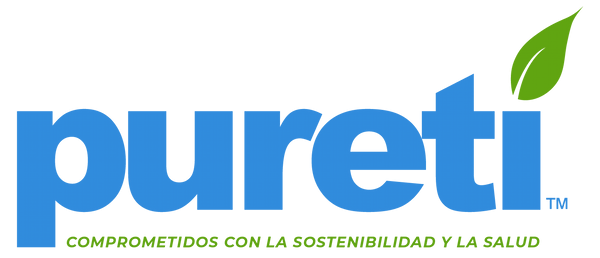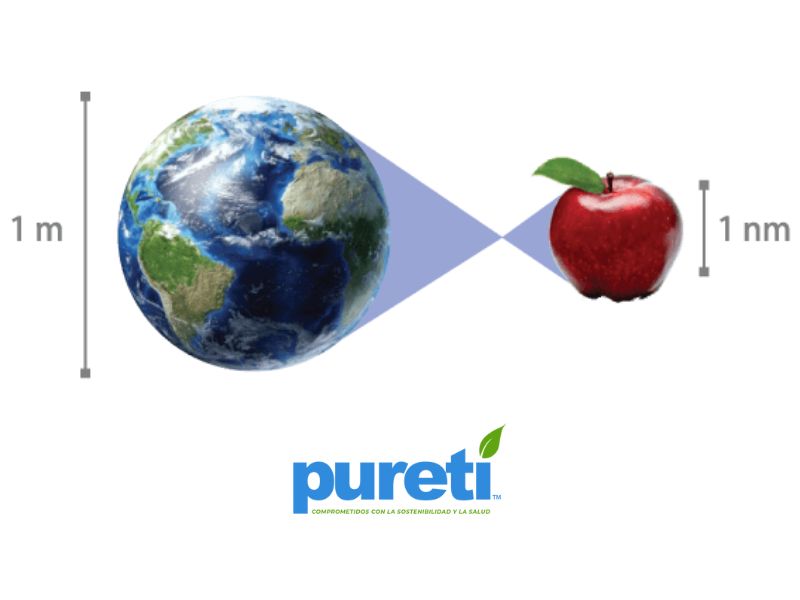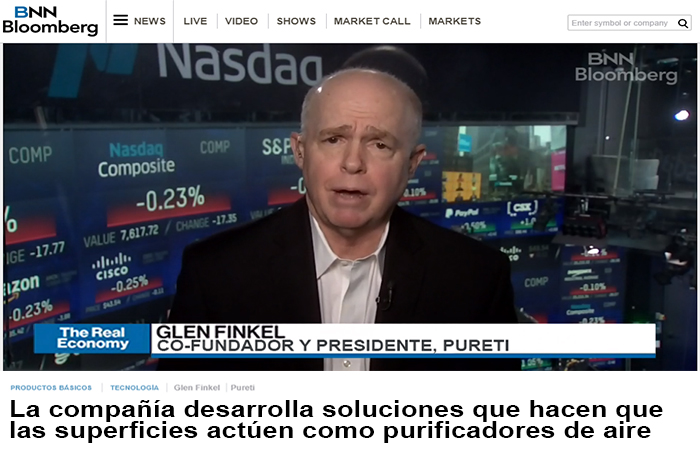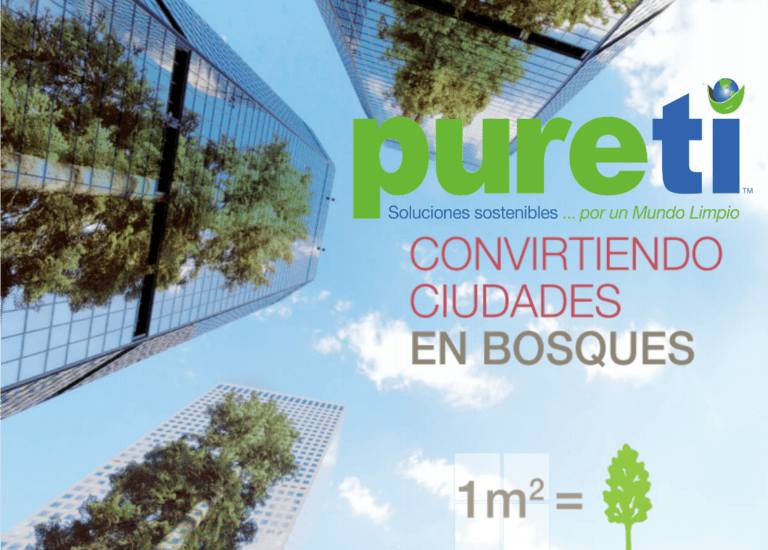Moungi G.Bawendi, Louis E. Brus, Aleksey Yekimov have obtained the Nobel Prize in Chemistry for their work based on the demonstration of the enormous capabilities and alternatives offered by the world of nanoparticles. An important reinforcement that once again validates the technologies of the world of nano particles.
“When matter begins to be measured in nanoparticles, surprising phenomena are identified such as ”quantum effects” with properties totally different from those of elements in their NON-Nano form.”
“To understand the magnitude of this discovery, you can imagine that the periodic table suddenly gained a third dimension. The properties of an element are not only affected by the number of electron shells and how many electrons are in the outer shell but, at the nano level, size also matters."” Source : Royal Swedish Academy of Sciences
Based on “quantum dots” crystals that have a size relationship with standard crystals equivalent to the size relationship of a soccer ball and the earth. In fact, a nanometer compared to a meter is like comparing an apple to our planet.
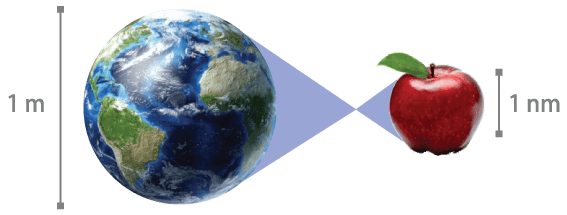
For many years “quantum” phenomena in the nano technological world were a prediction. Now they are a reality.
Nuestro reconocimiento a los galardonados de 2023 y a sus predecesores que también ganaron el premio Nobel de Química en 2014 y 2016, por haber hecho práctica la fundamental promesa de las nanopartículas en una multiplicidad de ámbitos y nuestras más avanzadas nanotecnologías comprometidas con la salud y el medioambiente.
WHAT IS NANOTECHNOLOGY? ORIGINS
“Hay mucho espacio en el fondo: una invitación para entrar en un nuevo campo de la física” fue una conferencia pronunciada por el físico Richard Feynman1965 Nobel Laureate in Physics, at the annual meeting of the American Physical Society celebrada en Caltech el 29 de diciembre de 1959. Feynman considered the possibility of directly manipulating individual atoms as a more robust form of synthetic chemistry than those used until then.
“No me asusta considerar la pregunta final de si, próximamente, en el futuro, podremos colocar los átomos como queramos: ¡los verdaderos átomos, aquellos que están al fondo! Y ¿cuáles serían las propiedades de los materiales si pudiéramos verdaderamente colocarlos como quisiéramos? No puedo saber exactamente qué pasaría, pero no tengo la menor duda de que si llegáramos a controlar la colocación de objetos a una pequeña escala, tendríamos acceso a un amplio rango de propiedades que los materiales pueden presentar y podríamos hacer una gran cantidad de cosas.”
Richard Feynman
It was in 1974 when N.Taniguchi, Tokyo University, first coined the term nanotechnology as the next technological discovery that would give us the opportunity to separate, consolidate and deform materials, atom by atom or molecule by molecule.
Nanotechnology is a rapidly expanding field. Scientists are discovering that atoms and molecules behave differently at the nanoscale, and scientists and engineers alike are having great success making materials at the nanoscale to take advantage of improved properties (higher strength, lower weight, higher electrical conductivity and chemical reactivity) compared to their larger scale counterparts.
NANO: THE SCALE ON WHICH QUANTUM EFFECTS DOMINATE
At the nanoscale level, materials acquire quantum properties, but the effects of their surface, volume or edge effects also change.
When particles with dimensions of approximately 1 to 100 nanometers are created, material properties can change significantly from those at larger scales. This is the size scale where quantum effects can govern the behavior and properties of particles. A fascinating and powerful result of nanoscale quantum effects is the concept of “tunability” of properties. That is, by changing the size of the particle, a scientist can literally tune a material property of interest. At the nanoscale, properties such as melting point, fluorescence, electrical conductivity, magnetic permeability, and chemical reactivity can change as a function of particle size. Source (US GOV. Nanotechnology Initiative).
HOW DOES SOMETHING SO SMALL HAVE SUCH A LARGE AREA-VOLUME RATIO?
It is the scale at which surface behavior plays a more important role. Nanoscale materials have a much higher surface-to-volume ratio than standard-scale materials. As surface area per volume increases, materials can become more reactive and/or efficient.
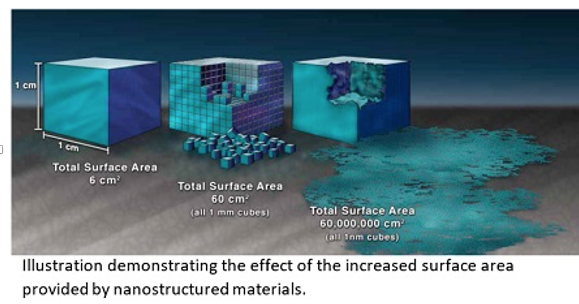
A simple thought experiment shows why nanoparticles have phenomenally high surface areas. A solid cube of a material 1 cm on a side has 6 square centimeters of surface area, about equal to one side of half a stick of gum. But if that volume of 1 cubic centimeter were filled with cubes 1 mm on a side, that would be 1,000 millimeter-sized cubes (10 x 10 x 10), each one of which has a surface area of 6 square millimeters, for a total surface area of 60 square centimeters—slightly larger than a credit card. When the 1 cubic centimeter is filled with micrometer-sized cubes—a trillion (1012) of them, each with a surface area of 6 square micrometers—the total surface area amounts to 6 square meters, or somewhat smaller than the footprint of a small car. And when that single cubic centimeter of volume is filled with 1-nanometer-sized cubes—1021 of them, each with an area of 6 square nanometers—their total surface area comes to 6,000 square meters. In other words, a single cubic centimeter of cubic nanoparticles has a total surface area that is even bigger than the area of a football field!
Source NNI:
“Less is more….”
NANOTECHNOLOGY IN OUR DAILY LIFE
Especially since the beginning of the 21st century, nanotechnology is present in our lives in:
- Las cremas de protección solar y barras de labios suelen llevar nanopartículas de MOM y ZnO para proteger más intensamente la piel de los rayos UVA.
- Many toothpastes to enhance dental shine.
- In medicine to identify cancerous tissues.
- Smaller, faster computers with more memory.
- Medical equipment for real-time testing
- Medical equipment with nano sensors.
- In the cure of cancer tumors with nanoparticles
- In the development of energy efficiency in vehicles and corrosion resistance
- In stain-resistant, hydrophobic and fire-retardant fabrics.
- In water purification
- In air purification
- In more resistant and lighter sports equipment
- In better surveillance and security equipment
- In automobile catalysts to pollute less.
- In self-disinfecting materials
- Flexible screens
- Faster and smaller chips.
- More efficient solar panels.
- Lighter and faster charging batteries.
